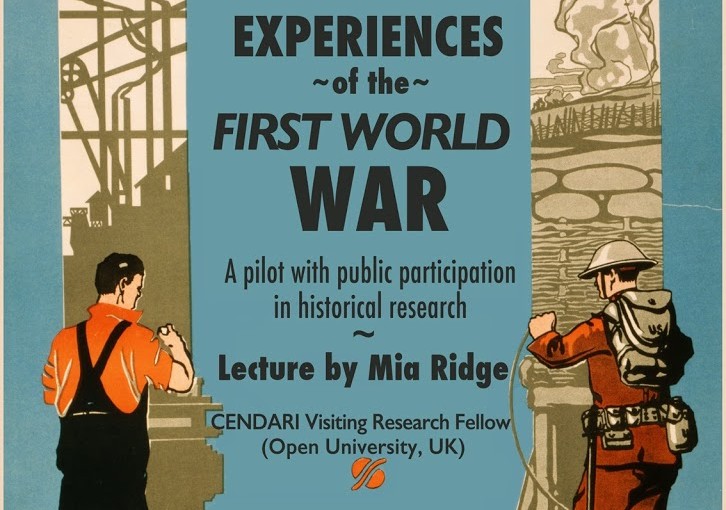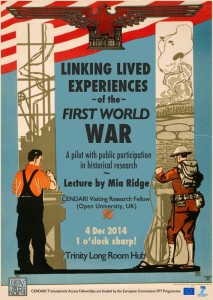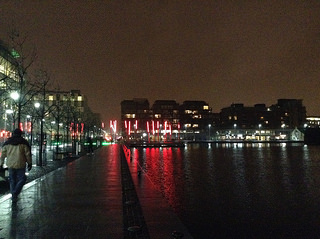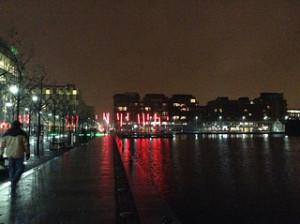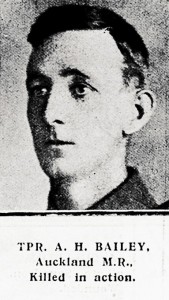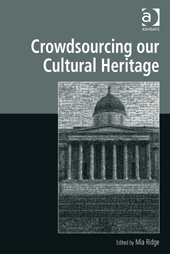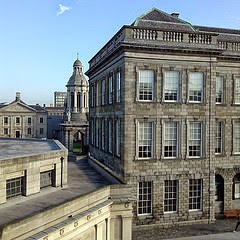One thing that might stand out when we look back at 2014 is the rise of interpolated content. We've become used to translating around auto-correct errors in texts and emails but we seem to be at a tipping point where software is going ahead and rewriting content rather than prompting you to notice and edit things yourself.
iOS doesn't just highlight or fix typos, it changes the words you've typed. To take one example, iOS users might use 'ill' more than they use 'ilk', but if I typed 'ilk' I'm not happy when it's replaced by an algorithmically-determined 'ill'. As a side note, understanding the effect of auto-correct on written messages will be a challenge for future historians (much as it is for us sometimes now).
And it's not only text. In 2014, Adobe previewed GapStop, 'a new video technology that eases transitions and removes pauses from video automatically'. It's not just editing out pauses, it's creating filler images from existing images to bridge the gaps so the image doesn't jump between cuts. It makes it a lot harder to tell when someone's words have been edited to say something different to what they actually said – again, editing audio and video isn't new, but making it so easy to remove the artefacts that previously provided clues to the edits is.
Photoshop has long let you edit the contrast and tone in images, but now their Content-Aware Move, Fill and Patch tools can seamlessly add, move or remove content from images, making it easy to create 'new' historical moments. The images on extrapolated-art.com, which uses '[n]ew techniques in machine learning and image processing […] to extrapolate the scene of a painting to see what the full scenery might have looked like' show the same techniques applied to classic paintings.
But photos have been manipulated since they were first used, so what's new? As one Google user reported in It’s Official: AIs are now re-writing history, 'Google’s algorithms took the two similar photos and created a moment in history that never existed, one where my wife and I smiled our best (or what the algorithm determined was our best) at the exact same microsecond, in a restaurant in Normandy.' The important difference here is that he did not create this new image himself: Google's scripts did, without asking or specifically notifying him. In twenty years time, this fake image may become part of his 'memory' of the day. Automatically generated content like this also takes the question of intent entirely out of the process of determining 'real' from interpolated content. And if software starts retrospectively 'correcting' images, what does that mean for our personal digital archives, for collecting institutions and for future historians?
Interventions between the act of taking a photo and posting it on social media might be one of the trends of 2015. Facebook are about to start 'auto-enhancing' your photos, and apparently, Facebook Wants To Stop You From Uploading Drunk Pictures Of Yourself. Apparently this is to save your mum and boss seeing them; the alternative path of building a social network that don't show everything you do to your mum and boss was lost long ago. Would the world be a better place if Facebook or Twitter had a 'this looks like an ill-formed rant, are you sure you want to post it?' function?
So 2014 seems to have brought the removal of human agency from the process of enhancing, and even creating, text and images. Algorithms writing history? Where do we go from here? How will we deal with the increase of interpolated content when looking back at this time? I'd love to hear your thoughts.
